Bactrian Camel Ride in Hunder Sand Dunes of Nubra Valley is touristy kitsch, like many other things in popular tourist spots of India, such as those out of depth yaks in Manali. Nevertheless, they seemed to be comparatively better off, and happier while munching on seabuckthorn berries on the banks of Shyok. I was never going to opt for a joyride on them, but I did want to photograph them. After all, where else in India will you see them?
But before getting into the camels, I need to talk about a few things regarding the Silk Road, which has always been one of the most fascinating concepts to me. The very idea of such an economic superhighway from 2nd century BC seems far ahead of its time. Most people associate China and Central Asia with the Silk Road but there were several additional routes that ran deep into the Indian subcontinent. Also, there were maritime routes that connected various major ports of the peninsula to other major trading centers of Southeast Asia, Arabia, and the Horn of Africa.
Now, at least as of now I don’t have the resources to visit the actual Silk Road sites in Central Asia. As far as India is concerned, most remaining archeological sites related to the route are not in a particularly good shape although they are in the tentative list to be declared as an UNESCO World Heritage Site collectively as Silk Road sites in India (you can get a complete list in the given link). Most of these sites are very obscure and I have rarely met anyone who has visited them.
In that sense, I see the double-humped Bactrian Camels in Hunder to be living fossils, remnants of a glorious past when Ladakh was at the crossroads of the most happening economic zone of the ancient world. Their ancestors must have carried silk, cashmere, and other items on their backs and practically made this trade possible. They no longer enjoy the same prominence in the this age but they are still making some locals earn a living by carrying tourists on their backs for short 30 minute rides.
So, what is fascinating here is their very existence in this location. Bactrian Camels are primarily natives of Central Asia. They are even named after Bactria, the ancient region covering parts of Northern Afghanistan, and Central Asia. Still the highest concentration of them can be found in China, Mongolia, and Kazakhstan. There is even a wild variety of these camels which is considered to be a different species. India has a hundred odd and probably all of them can be found in this small village of Hunder in Shyok Valley (which is generally clubbed with the Nubra Valley by most tour operators).
So, coming back to the present, I was enjoying the apricots of Turtuk for two days and needed to return quickly. So, decided to take a short break at Hunder and see the camels before going back to Leh. A car was fixed in Turtuk already and I left as early as possible and reached Hunder by 9 AM. Hunder is actually just a sleepy village. What attracts people are the sand dunes just outside the village, on the banks of the Shyok. The camels also generally stay in the village and come out at the designated time for the tourists every morning and aftenoon.
I had reached a bit too early and the camels had not even arrived. A restaurant and washrooms have been built here for tourists. So, I decided to just order tea and wait. Some other tourists had also gathered by then. After a while, I heard the sound of bells and looked toward the village. There was a cloud of dust, and then they started appearing, not one but two, but a whole caravan. You can call it touristy and cliched but it was one of the most cinematic entries I had ever seen. I am sure the original Silk Road caravans looked the same.
Some of the people went for the rides. I noticed that the locals were quoting various prices from INR 300-600. I don’t ride animals but I also understand that the locals make a living through this activity, that too for a few months in the summer, and also the camels will have nowhere to go if not for this. I was wondering if they would also ask me to pay for photographs but no one did. So, I clicked the camels, the seabuckthorn shrubs, and blue streams crisscrossing the cold desert.
Hunder Camel Safari Guide
How to Do Hunder Camel Safari in Nubra Valley Ladakh?
All you have to do is to reach Huder Village, which is just a few KMs ahead of Diskit. The locals will arrive with their camels and will offer you a ride anyway. It is their source of livelihood.
How much does it cost for a camel ride at Hunder sand dunes?
It usually costs around INR 300 for 15 minutes of camel ride for one person. They will take you around the sand dune and you can click your photographs. There may be an additional INR 50 fee for photography.
Hunder Camel Safari timings?
This activity is usually done in the morning (9-12 AM) and afternoon (3-6 PM) with a break in the middle when it gets too hot on a sunny day.

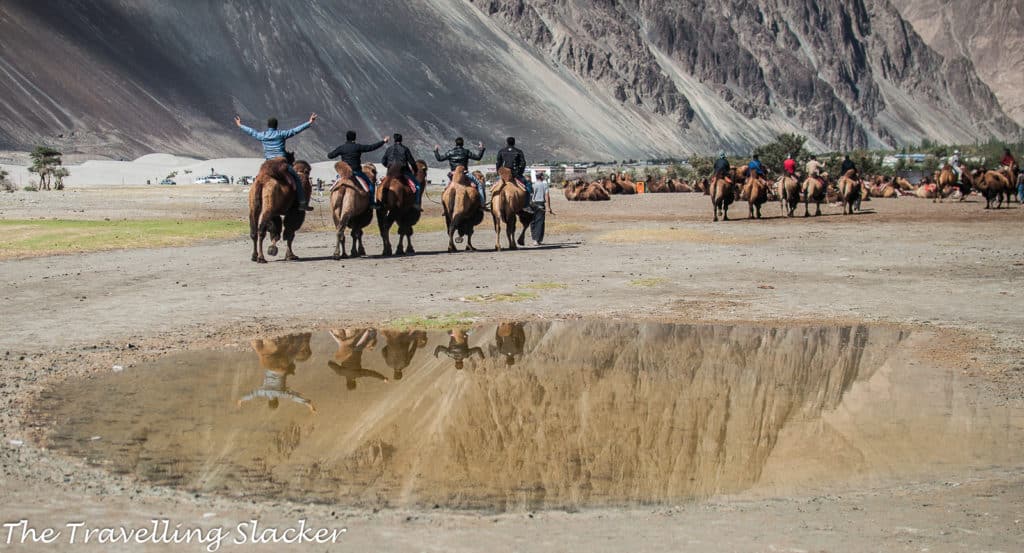
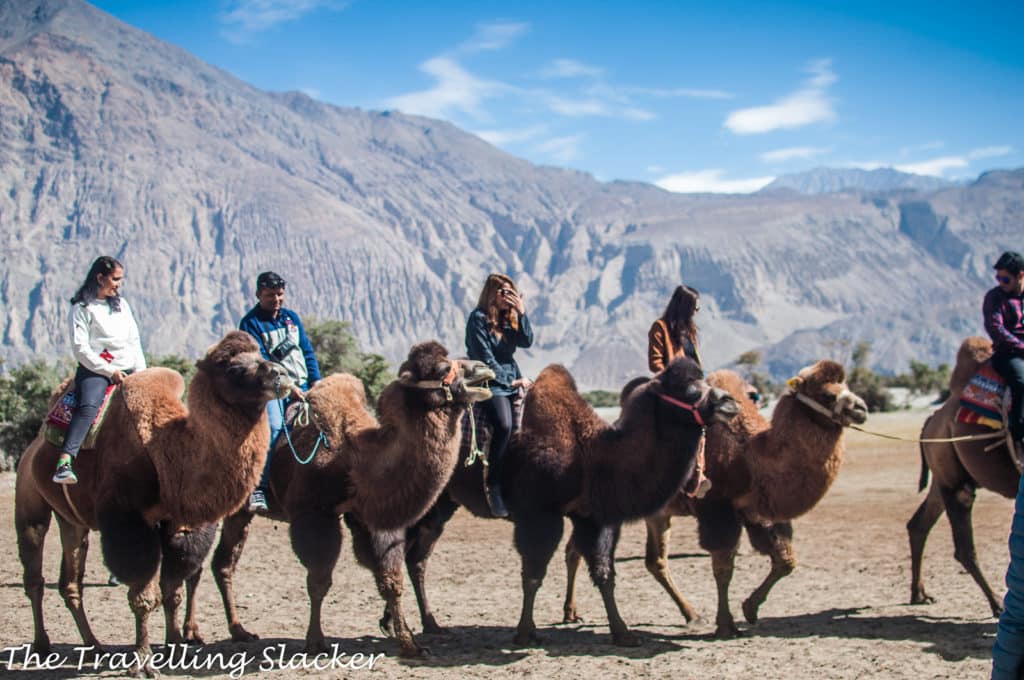
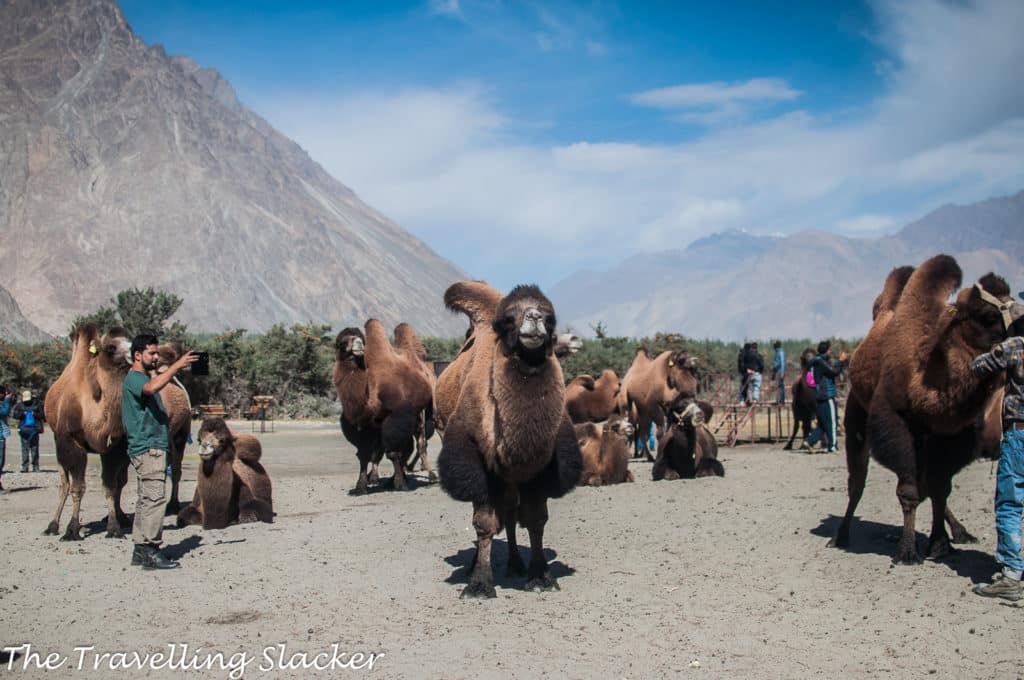
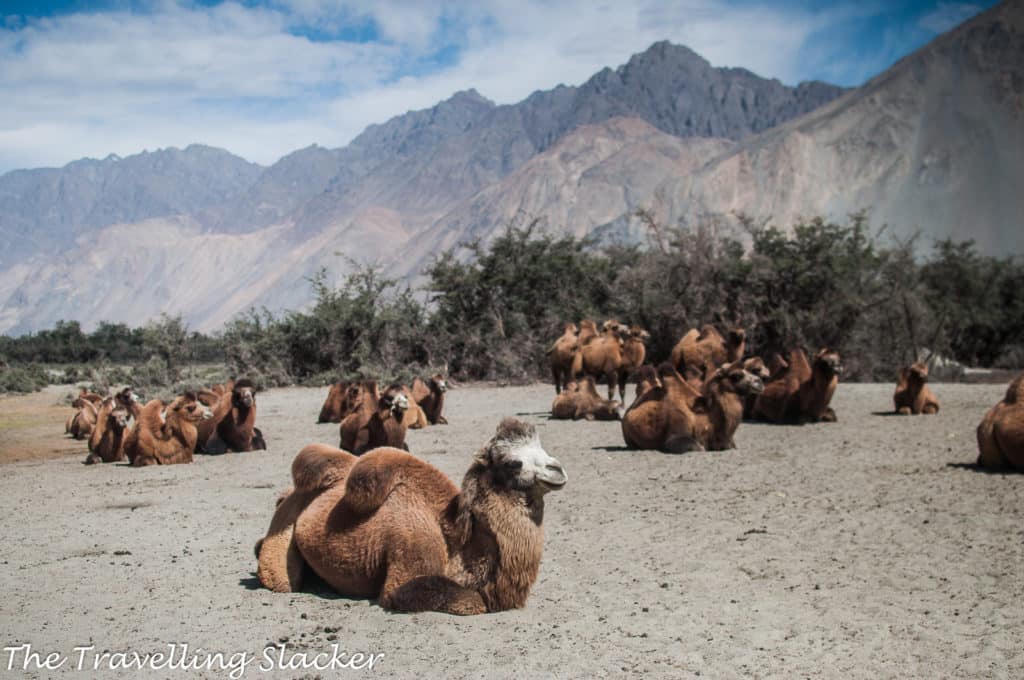
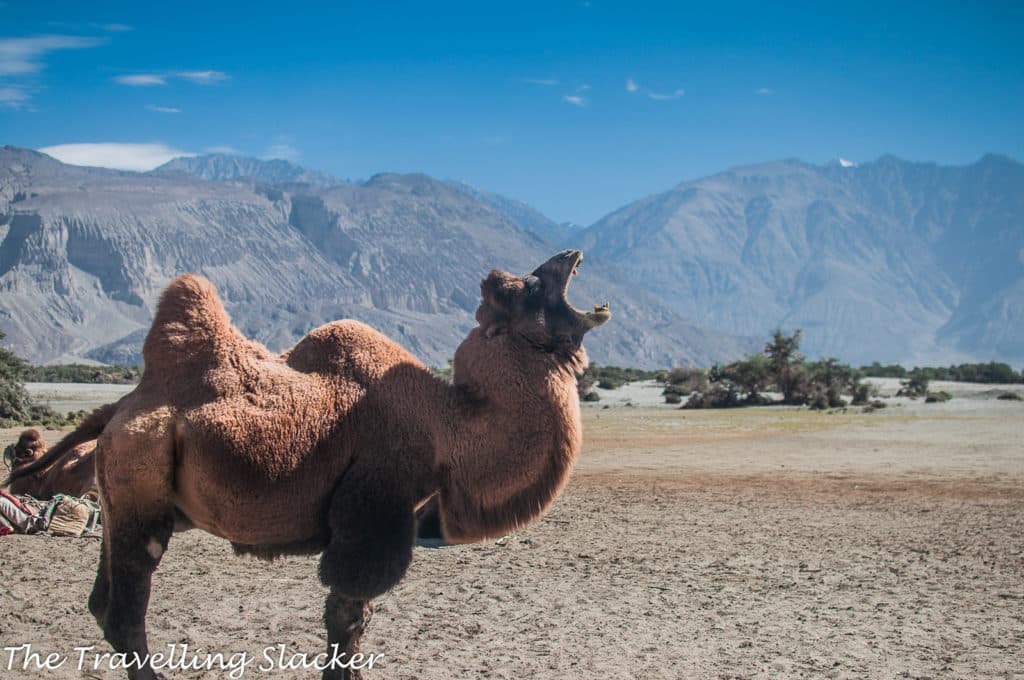
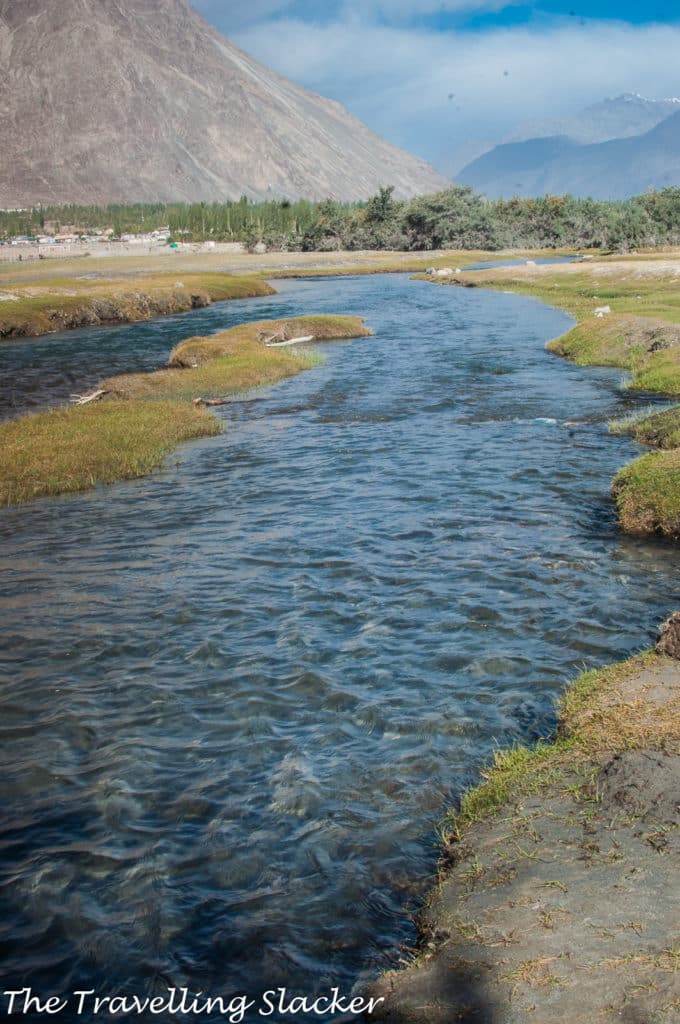
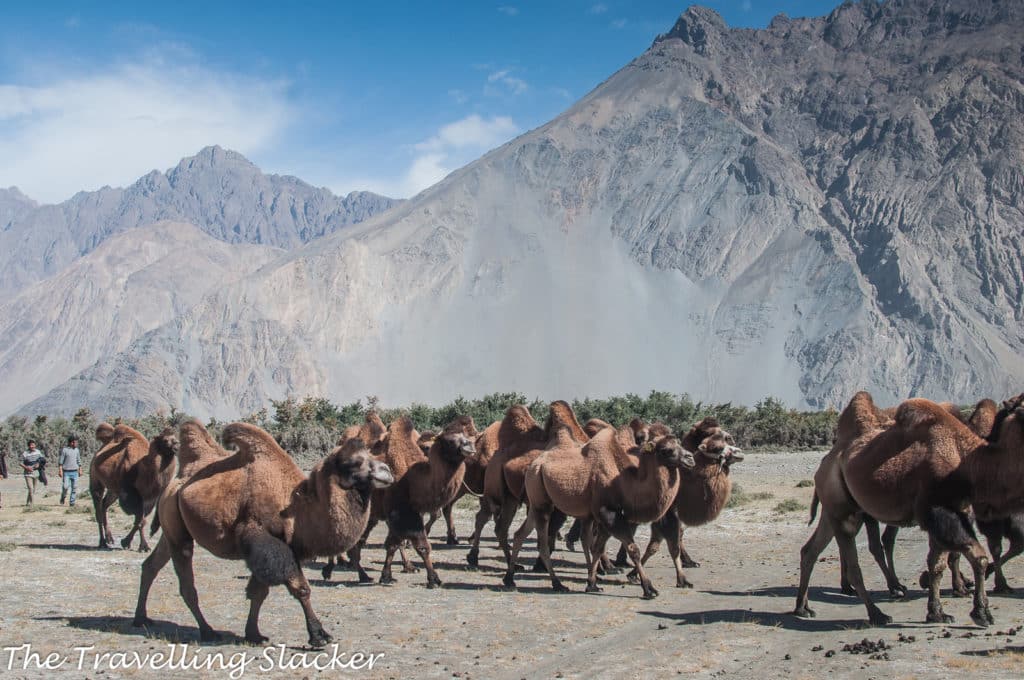
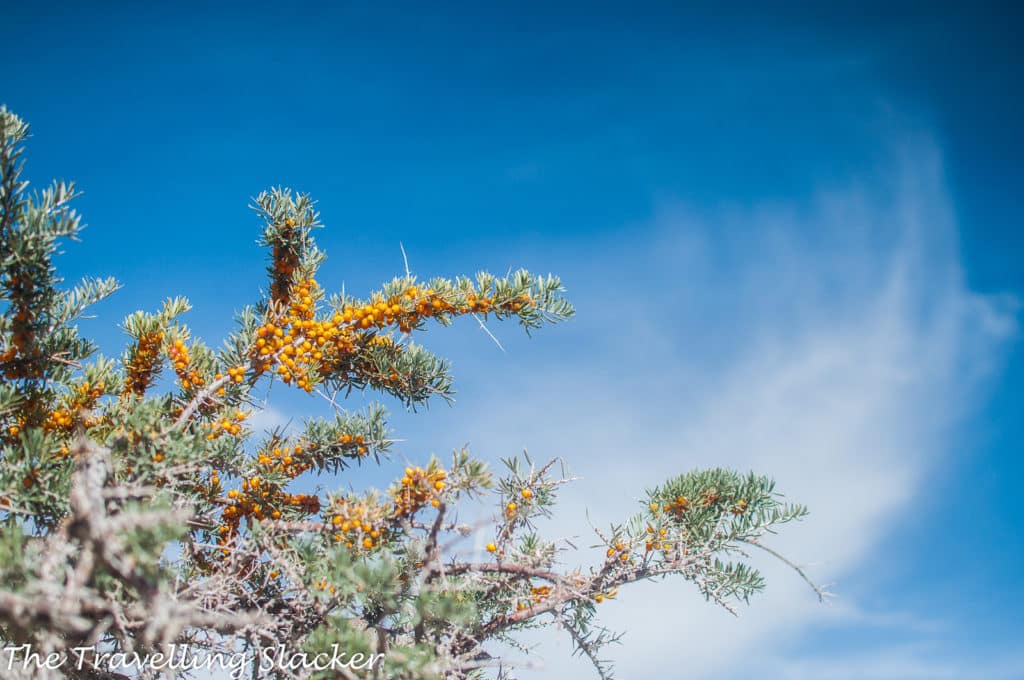

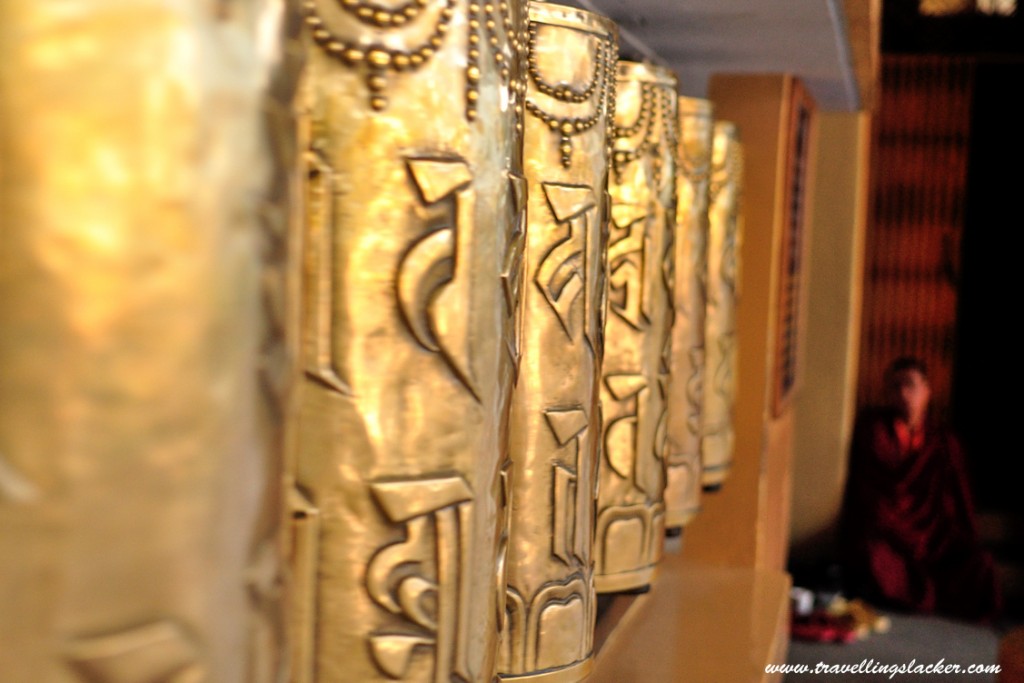
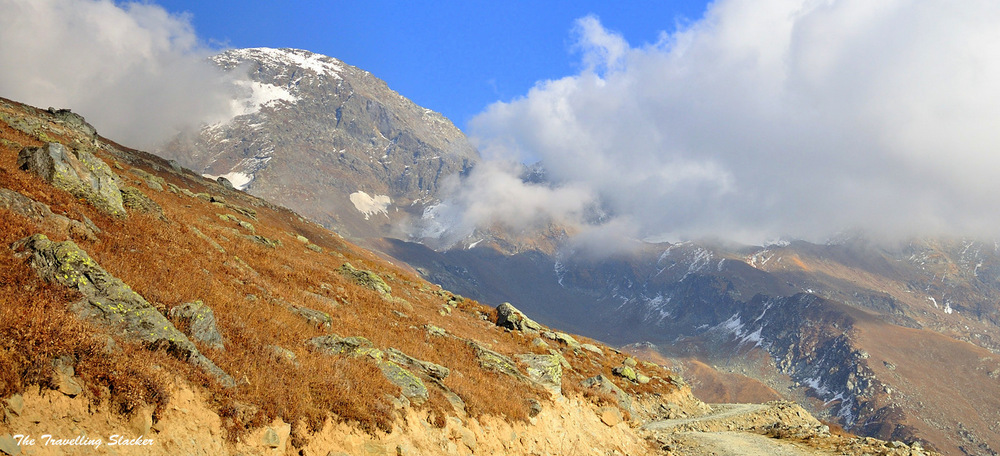
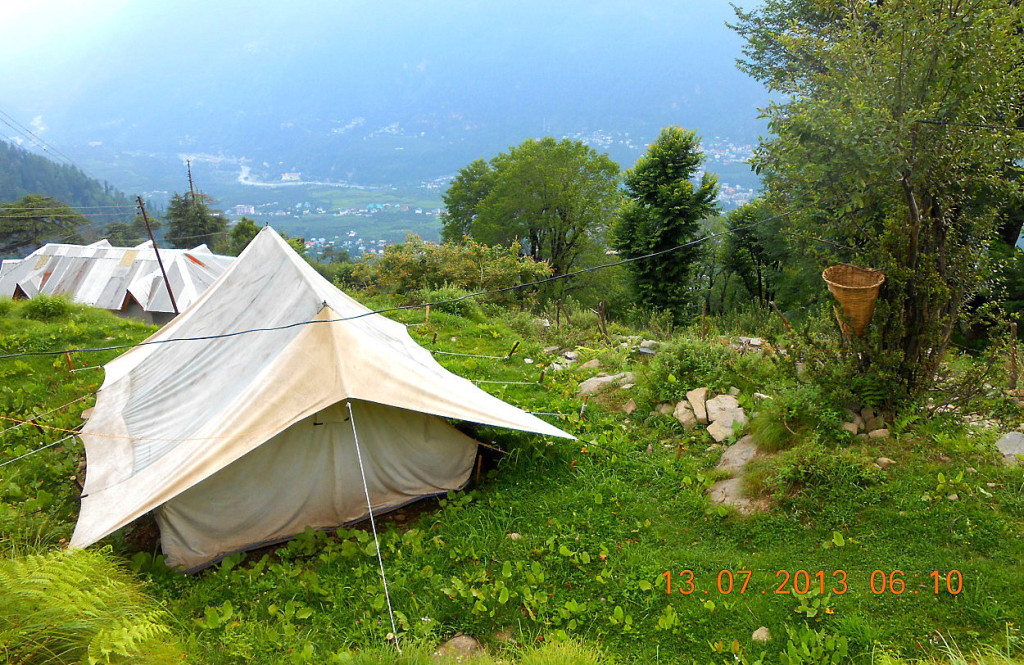
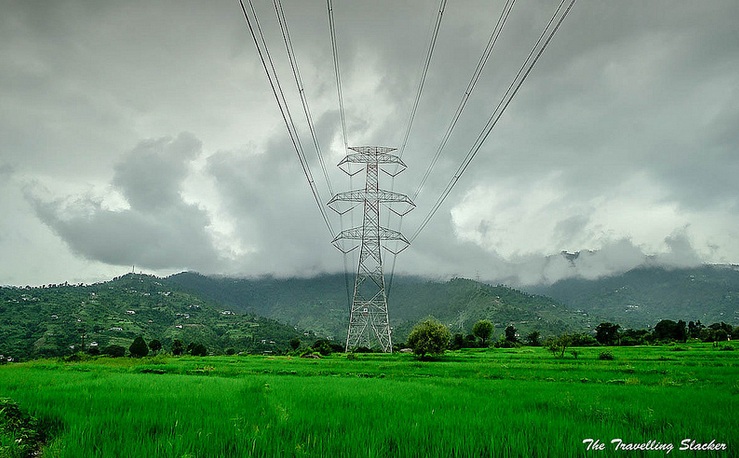
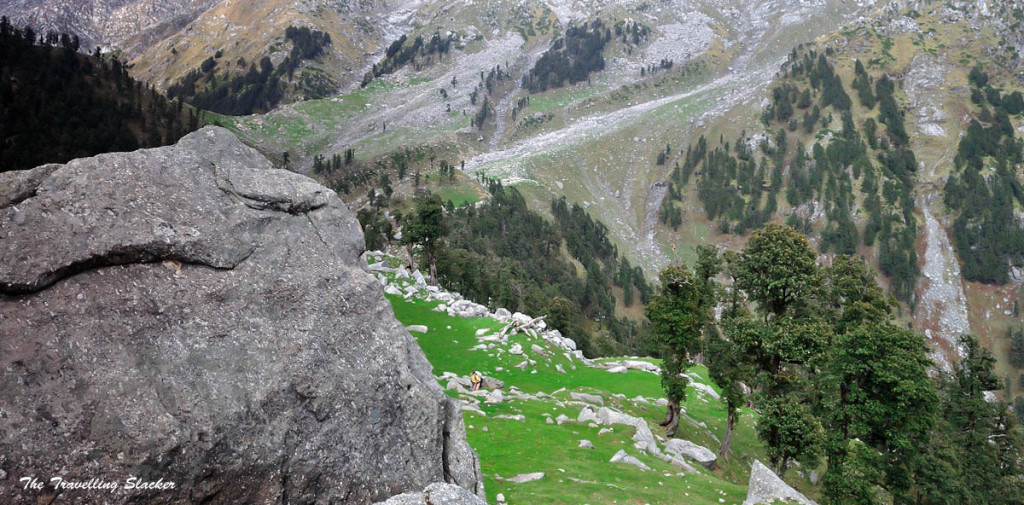
Oohhh, I’m also not a fan of riding animals either but I guess this would be a unique experience, not to mention the excitement you’ll get with a large group herded together.. Your photographs are lovely.. 🙂 Interesting read about India’s Silk Road, BTW.. 🙂 It’s always nice to get interesting knowledge about places I haven’t been to. 🙂
Spectacular views from Manali…. I really want to go there myself one day! And those camels, they look so fluffy! Thanks for not taking a ride with them… I hope they treated the camels well.
I loved reading more about the Silk Road. It was something that everyone talked about when we toured China. Interesting that there are remnants in India kept as UNESCO sites. We had a very touristy camel experience in Dubai. So I would not really be up to trying a ride on the Bactrian camels. But good that you could get a look at them at Hunder. And see them in a herd must have been interesting.
Like always, aweome! Those picuters are so good.
This is refreshing!!
OMG how cute are Bactrian camels!! Camels generally freak me out. Mainly due to the big personalities (normally grumpy and growly).
I totally agree with you regarding the Bactrian camel being a living fossil. What that breed has seen on the Silk Road through the ages! Wow walking living history.
I freak out when the camel stands up, irrational I know but they seem so wobbly when they are standing up. I can’t think of a better way to explore the Silk Road so I would need to get over that part lol
I have riden a camel before when I was a child but would never do it again. However I never seen a double-humped camel before and those lumps of fat look very floppy in the photos. I love reading blogs about the Silk Road and the different cultures/landscapes on the way and would love to check this section out in India. Never done any of the Silk Road…yet!
The double humped camels are THE attraction of that region and you have captured them in different moods. 🙂
I agree with you about Bactrian camel being a living fossil. Silk route has been so attractive and intriguing. and these camels are an integral part of it.
Interesting read! Am glad to know that it can be done on a detour from Leh. I don’t care if anyone calls it touristy and cliched, but I’d have been clicking my camera non-stop right from the moment they make their entry, what more with a mountain background like that!
That is a fresh perspective to these bactrian camels. You fired my imagination with that mention of the silk route. I can see the tradesmen already, making their way to China via Ladakh. Well written
Pingback: Ladakh Map, India (Tourist Routes to Leh, Nubra, Changthang, Kargil, Zanskar ) | The Travelling Slacker